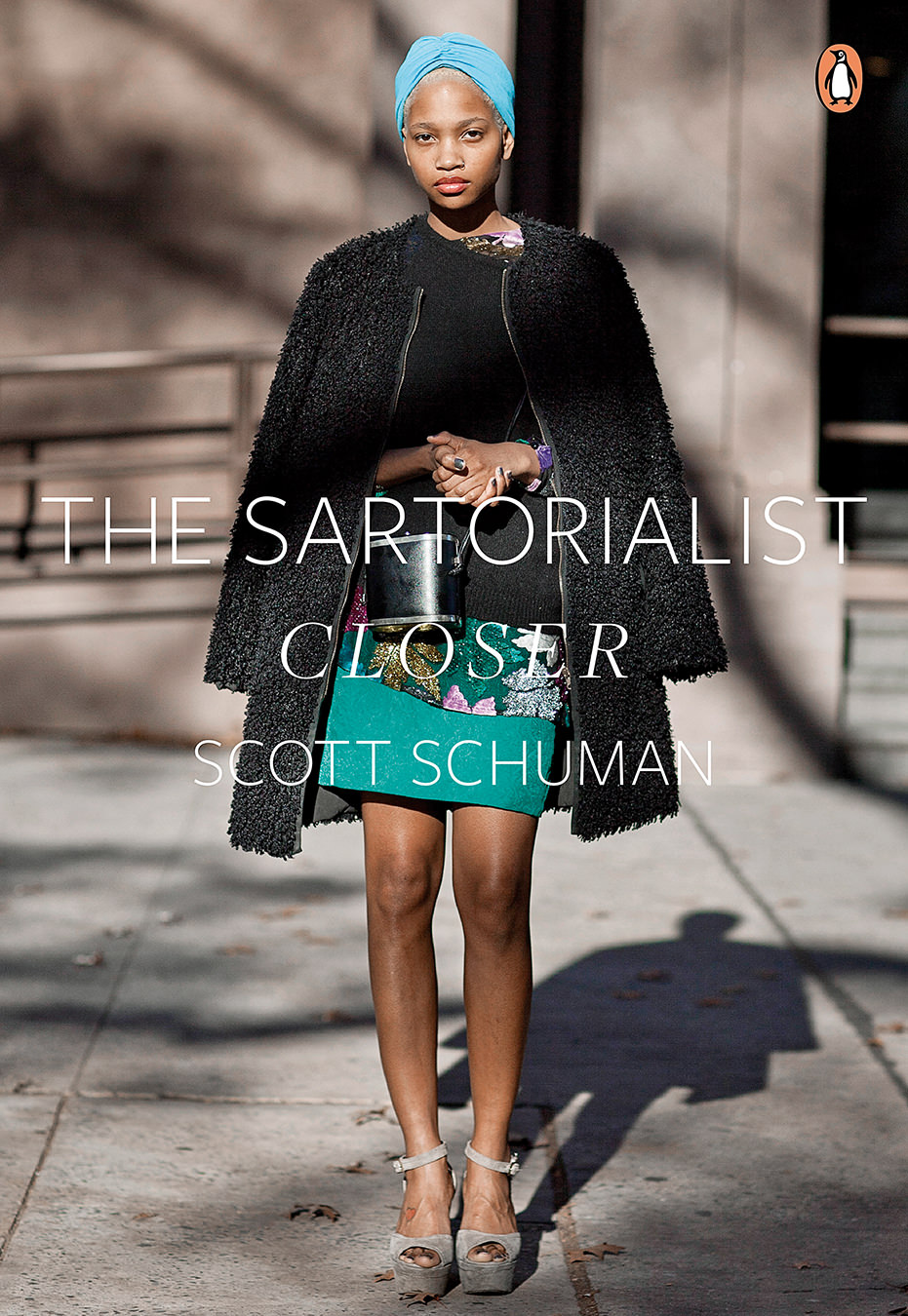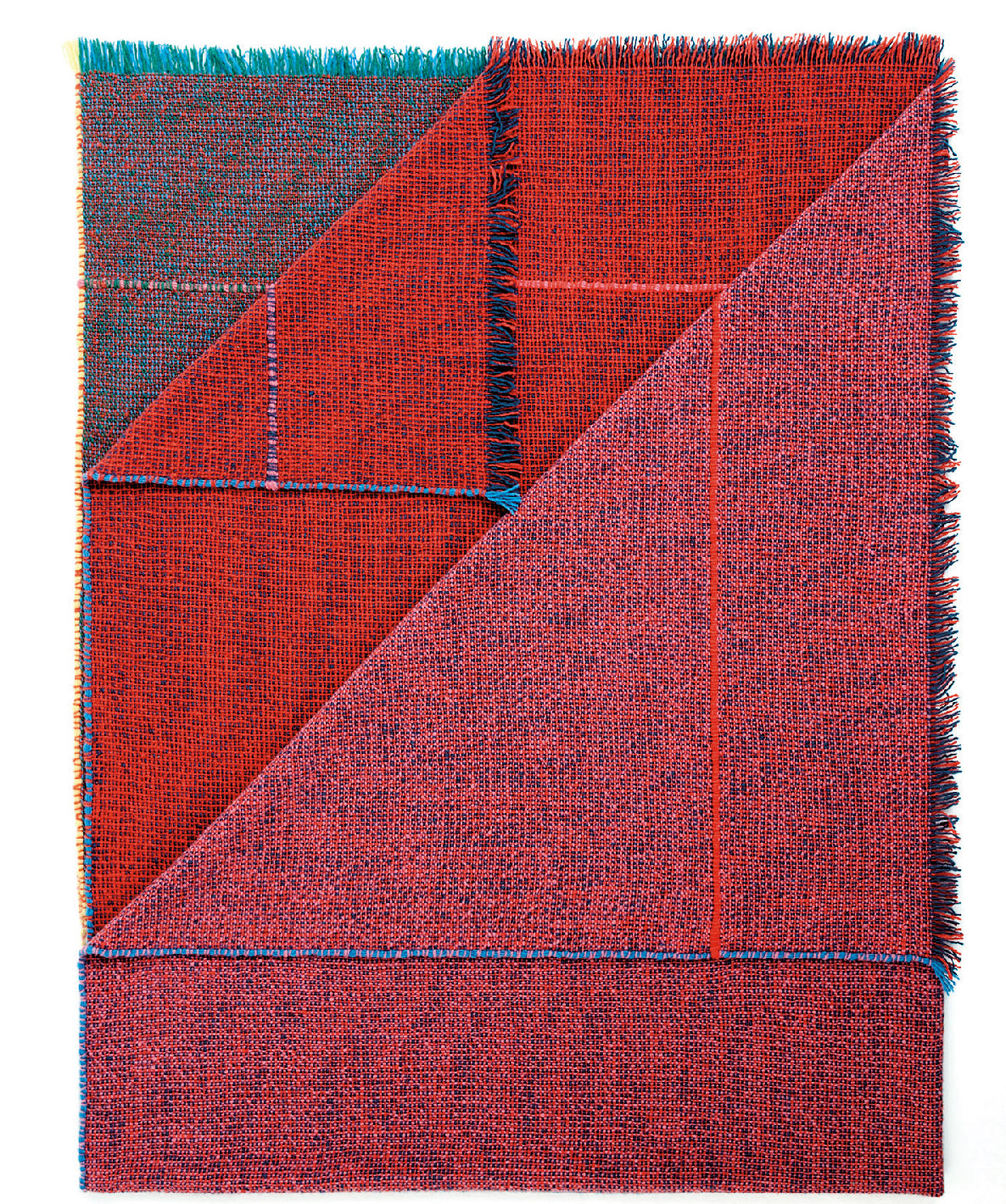-
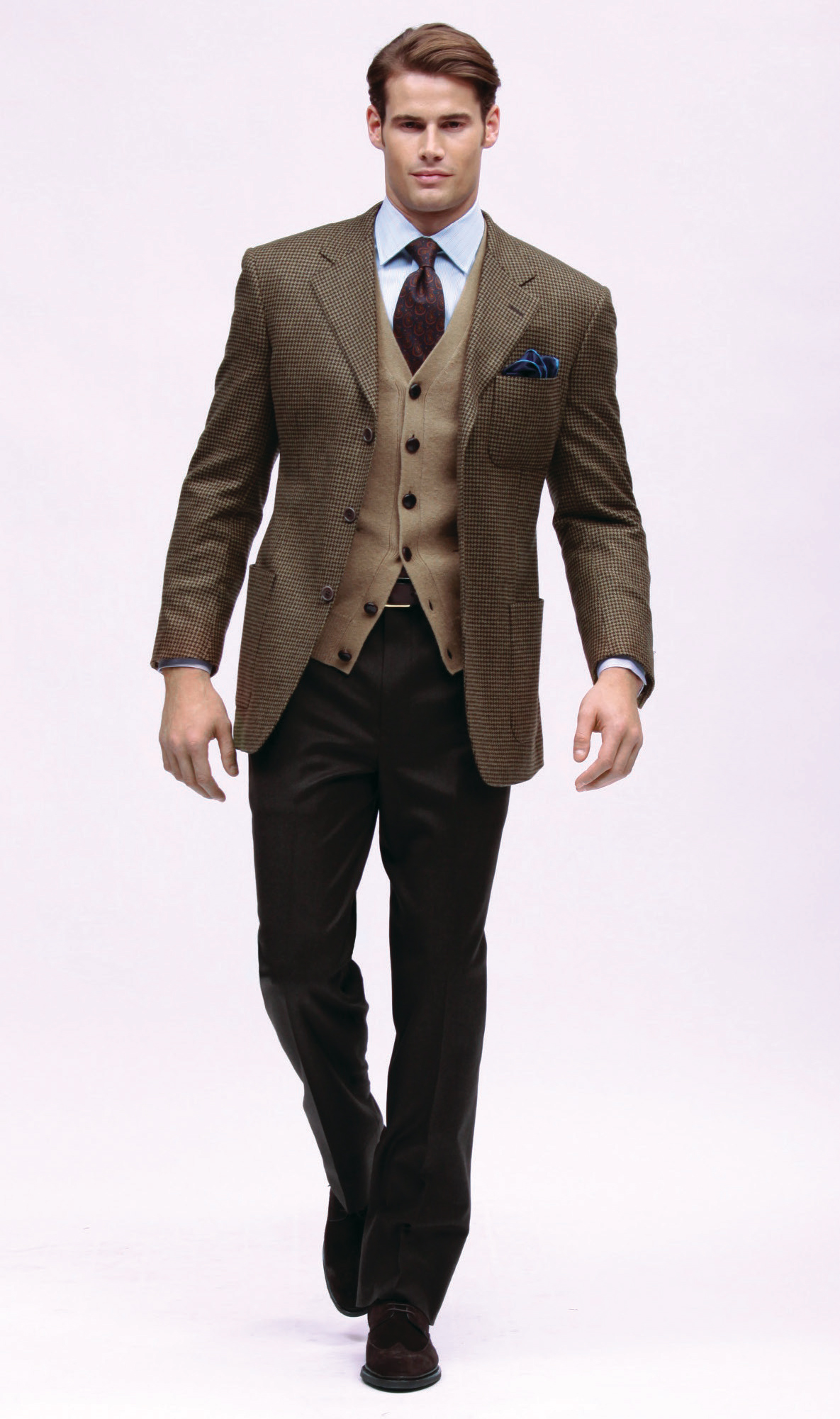
Brooks Brothers’ Fall 2009 Collection.
-
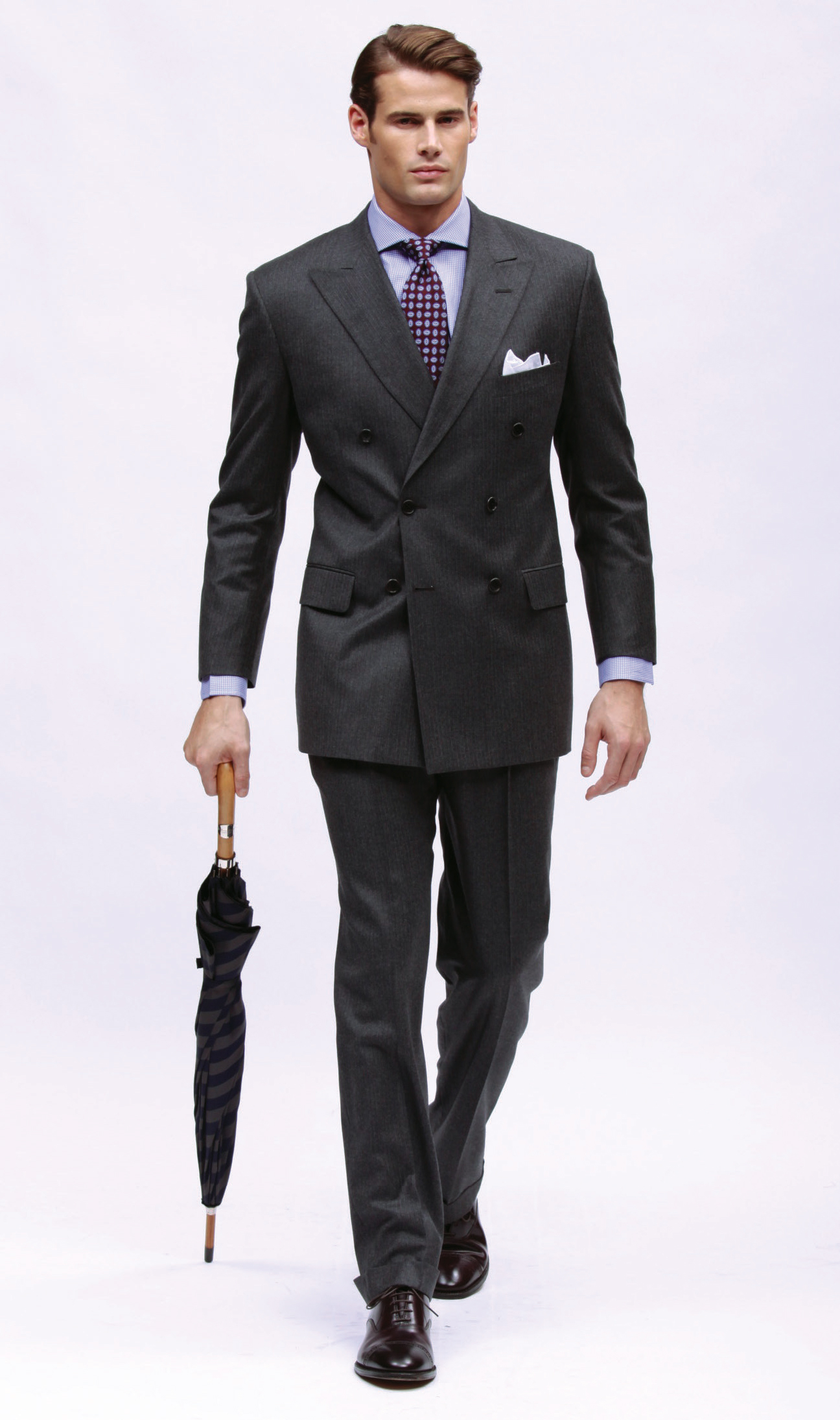
Brooks Brothers’ Fall 2009 Collection.
-
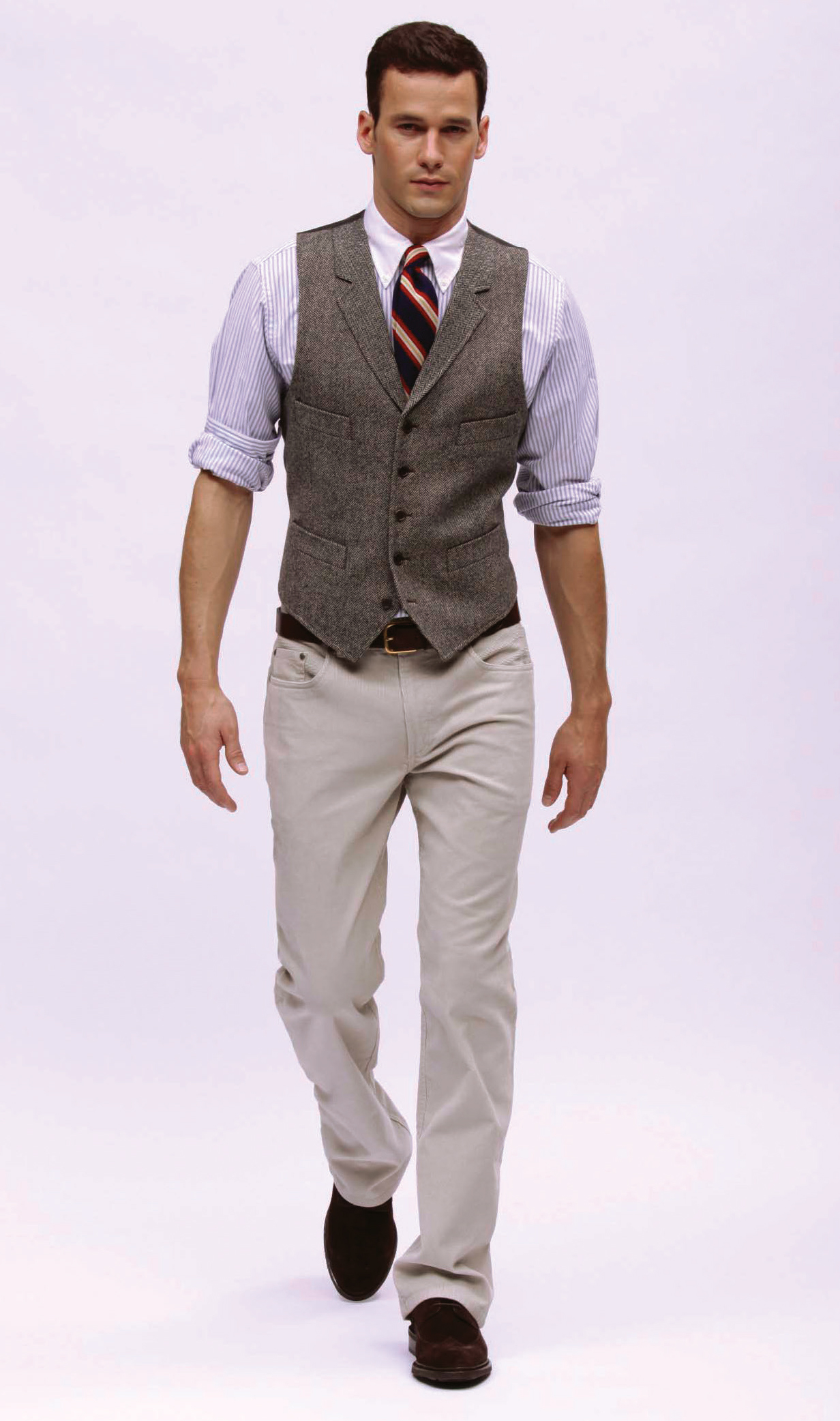
Brooks Brothers’ Fall 2009 Collection.
Brooks Brothers
Breathing new life.
Brooks Brothers has a distinguished history. The 191-year-old company, one of the oldest American clothiers, has dressed nearly every American president from Lincoln to Obama. It has dressed countless celebrities, as well as characters in novels by Ernest Hemingway, F. Scott Fitzgerald, and Bret Easton Ellis. This year, the dapper outfitter also expanded north of the 49th parallel with boutiques in Vancouver, Toronto, and, in 2010, Calgary.
Brooks Brothers has a distinctive image that embodies quiet good taste and a style that emphasizes traditional fabrics, cuts, and measurements. Henry Sands Brooks first opened the store with the name H. & D.H. Brooks & Co. in 1818, on the northeast corner of Catherine and Cherry Streets in downtown Manhattan. His sons Daniel, John, Elisha, and Edward took control of the company after their father’s death and, in 1850, officially changed the name to Brooks Brothers.
Though the company is known for its consistently classic styles, Brooks Brothers is no stranger to innovation. In addition to pioneering ready-to-wear suits in America (which were particularly popular with trail-blazers of the California Gold Rush and sailors in port who were unable to wait on the whims of a tailor and flocked to purchase ready-made clothing), Brooks Brothers invented many of the classic styles in men’s fashion. “We invented the blazer, the button-down shirt, the chino pant. And contrary to many beliefs, it is Brooks Brothers that invented business casual,” says Claudio Del Vecchio, chairman and CEO of Retail Brand Alliance, a premier retail group with a portfolio of highly specialized fashion companies that includes Brooks Brothers.
Although Brooks Brothers has always been a clothier for men and boys, women also surreptitiously bought their clothes, but it wasn’t until 1975 that the company officially opened a small women’s department at the back of their store in New York.
At the dawn of its second century, Brooks Brothers remained a steadfast leader in tailored, conservative style—though the firm made a few concessions to keep abreast of the times. With the advent of casual dressing in the corporate world, Brooks Brothers reluctantly relaxed some of its clothing conventions to reflect the growing workplace trend. A downturn in the menswear market and falling sales took their toll, and the firm’s parent, Marks & Spencer, announced its intention to sell the retailer. There were a handful of suitors vying for the legendary brand, but after September 11, 2001, “everyone else disappeared, and we started buying,” says Del Vecchio. “I am the only one that would have done what I did. I brought [Brooks Brothers] back to its original. The other bidders would have changed it to something else.” (Among those rumoured to have been interested in the purchase were Tommy Hilfiger and Polo Ralph Lauren.)
Sales have responded accordingly, and the brand has redeemed its fine old name. Del Vecchio even commissioned Thom Browne to serve as a guest designer until spring 2011, which resulted in Black Fleece, an upscale, detail-oriented reflection of Browne’s modern sensibility married to Brooks Brothers’ heritage. Womenswear is available at all locations now, with the no-iron cotton shirt topping must-have wardrobe lists.
Expansion into Canada was the inevitable next step. Del Vecchio believes the company’s role as its own middleman will give it a competitive advantage in the market. “There is no direct competition,” he says, remarking on the retail landscape in Canada. “You either have to go up in price or down in quality.”
The Brooks Brothers boutiques are a combination of the gentlemen’s club and the country club—a miniature department store mono-branded for men, women, and children. It is not uncommon for multiple generations of a family to patronize Brooks Brothers, and now, with the foray into Canada, it is no longer only for those south of the border.



